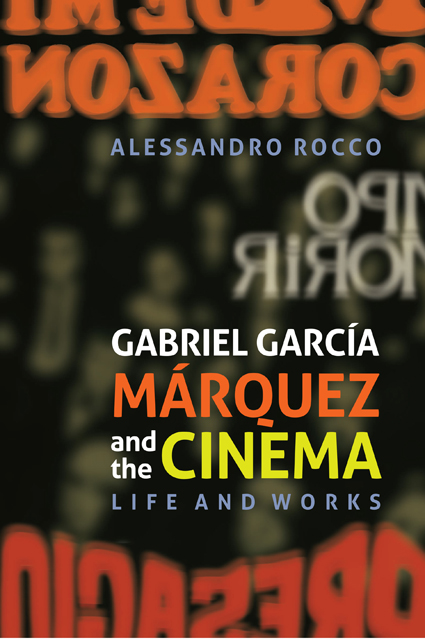Book contents
- Frontmatter
- Dedication
- Contents
- List of Illustrations
- Acknowledgements
- Preface
- 1 The Cinema in the Life of García Márquez
- 2 Tiempo de morir
- 3 Films from the 1970s: The Ghosts of Realism
- 4 Screenplay and Revolution: ¡Viva Sandino!
- 5 Magic Realism in the Cinema
- 6 Six Episodes for Cinema and Television: Amores difíciles
- 7 Con el amor no se juega
- 8 The Fantastic on Television: Me alquilo para soñar
- 9 History and Tragedy: Edipo Alcalde
- Afterword: Works by García Márquez Adapted for the Cinema
- Bibliography
- Index
2 - Tiempo de morir
Published online by Cambridge University Press: 24 February 2023
- Frontmatter
- Dedication
- Contents
- List of Illustrations
- Acknowledgements
- Preface
- 1 The Cinema in the Life of García Márquez
- 2 Tiempo de morir
- 3 Films from the 1970s: The Ghosts of Realism
- 4 Screenplay and Revolution: ¡Viva Sandino!
- 5 Magic Realism in the Cinema
- 6 Six Episodes for Cinema and Television: Amores difíciles
- 7 Con el amor no se juega
- 8 The Fantastic on Television: Me alquilo para soñar
- 9 History and Tragedy: Edipo Alcalde
- Afterword: Works by García Márquez Adapted for the Cinema
- Bibliography
- Index
Summary
Juan Sáyago returns to his village after spending eighteen years in prison for the murder of Raúl Trueba, a prosperous but shady horse dealer. He is 48 years old, serene and thrifty, with that maturity that comes from constant meditation in the long years of imprisonment. On his return he wants to put the past behind him and ensure a peaceful old age for himself, but fate is against him: the sons of Raúl Trueba – two young, headstrong fellows – have sworn to revenge the death of their father […]
If one had to single out García Márquez’s most successful achievement as a screenwriter in Mexico in the years prior to the publication of Cien años de soledad, there is no doubt that it would be Tiempo de morir. García Márquez himself referred to it as the first film script he produced with an original subject, starting from the image of ‘an old pistolero who learned to knit during his long years of imprisonment’. But there is also a more personal reference in the story: a family memory concerning the author’s grandfather, Colonel Nicolás Márquez, who killed a man in a duel in 1908 and had been obliged to flee his home town of Barrancas.
Another aspect of its success was that there were no great delays or hitches in the production of the film, directed by Arturo Ripstein. The text reveals the writer’s ability to conceive and organise a narrative governed by the compositional and structural criteria of the language of cinema while remaining true to his own creative world and obsessions. In other words, this text can undoubtedly be recognised as an example of a film script by an accomplished author whose literary value represents the most significant component in the quality of the ensuing film.
The first merit of Tiempo de morir is its well-calculated dramatic construction, a fundamental element in the cinematic structuring of the narrative. The Mexican critic García Riera highlighted the principle of the film’s construction: ‘the constant presence of death as the main character in the story’ producing ‘that permanent tension which heightens each moment in the film and guides its development’.
- Type
- Chapter
- Information
- Gabriel García Márquez and the CinemaLife and Works, pp. 47 - 68Publisher: Boydell & BrewerPrint publication year: 2014

